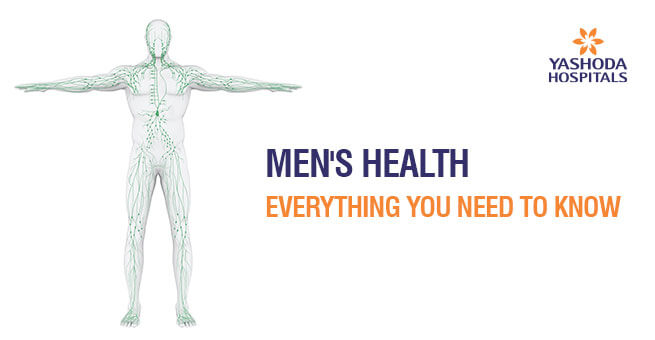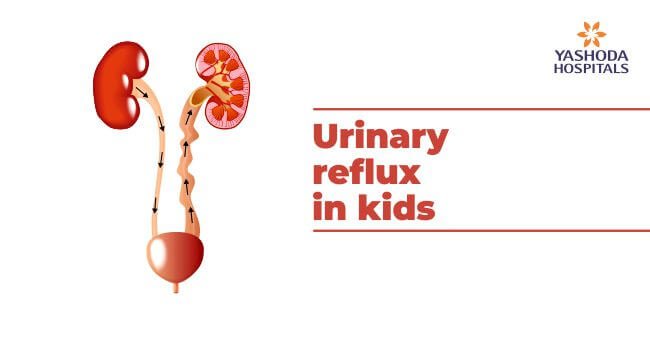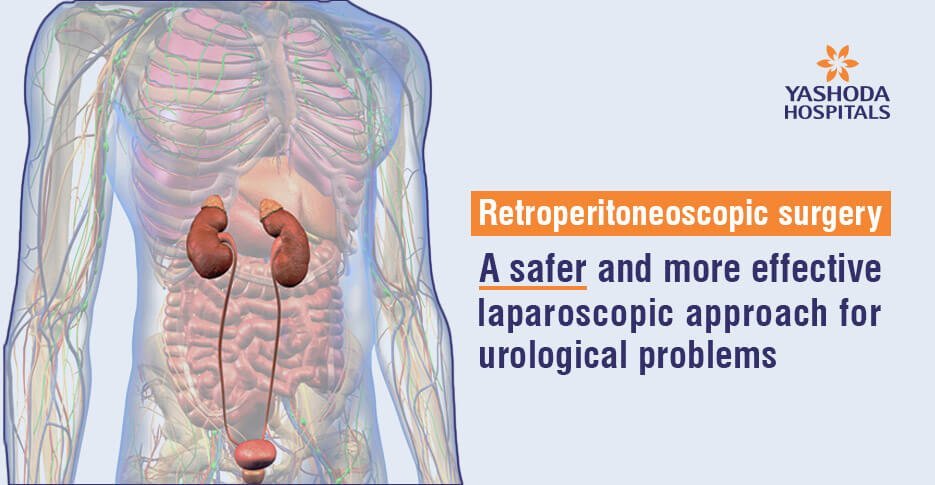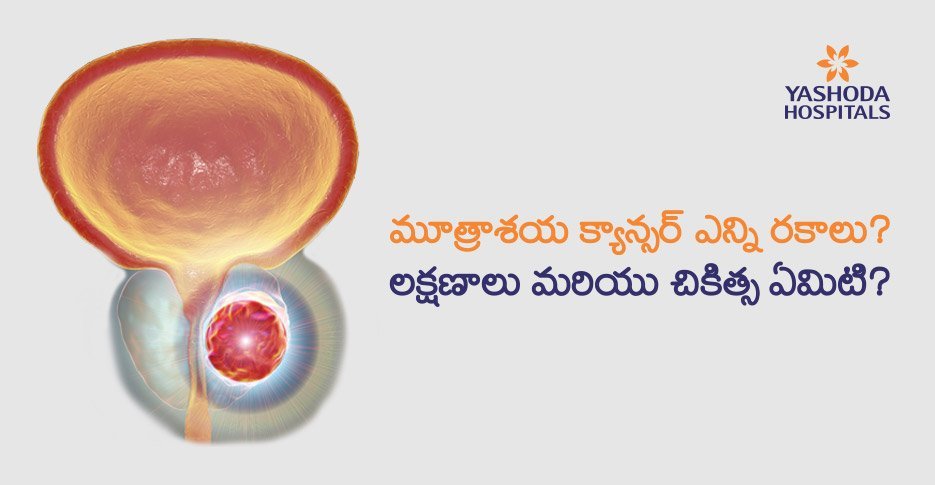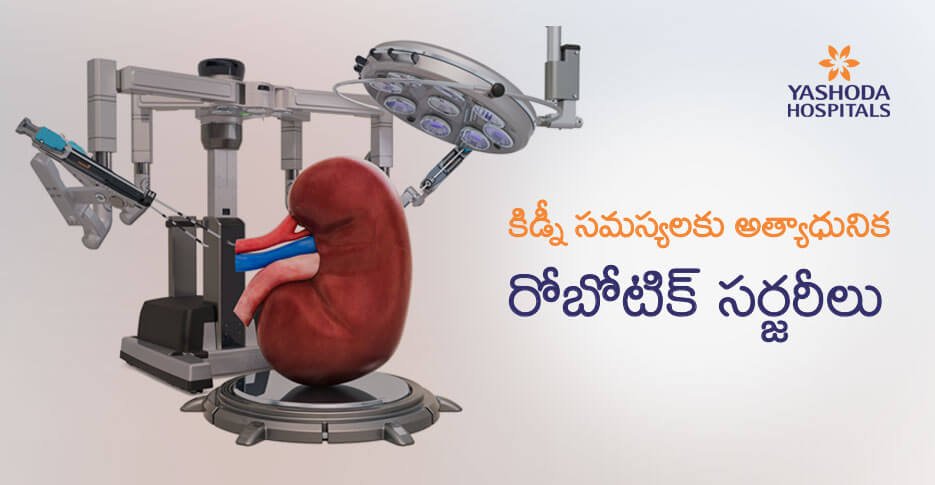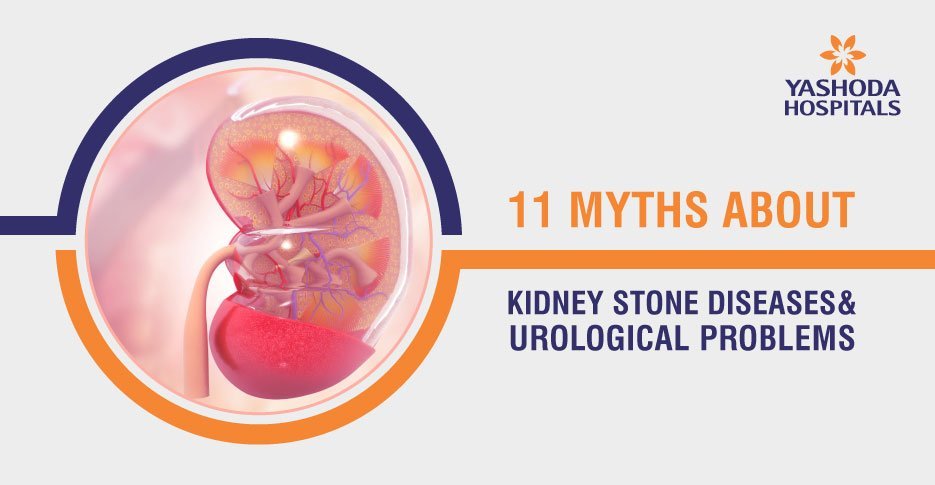Robotic surgery repairs duplex kidney and ectopic ureter in a 9-month-old boy
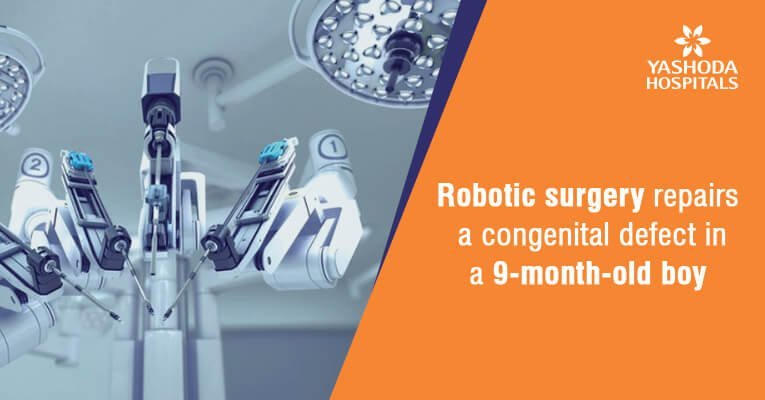
Robotic surgery is a leading edge surgical innovation that has evolved over decades. From a neurosurgical biopsy in 1985 to the contemporary, high precision robotic system, the advancement in robotic surgery has achieved better success for complex procedures and surgeries. Here, I present the case of a complex surgery performed with robotic assistance in a 9-month-old-boy. This is the first case of successful robotic surgery in youngest patient in Hyderabad. Also, this was a rare case of duplexed left-kidney with duplicated ureter requiring corrective surgery.
Recently, Master Sushant, a 9-month-old boy, was presented at Yashoda Hospitals with recurrent urinary tract infection and on-and-off fever. Looking at his medical history, the boy was born full term through lower segment, caesarean section delivery. He has had a normal growth with feeding, bowel and cry pattern being normal. He had a history of left antenatal HDN and recurrent UTI with 3 episodes in 3 months. However, he was up-to-date with all vaccinations.
The urology team at Yashoda Hospitals performed a general examination, which did not show any problem. Further, blood and urine work confirmed the signs of UTI. Imaging studies–CT (urogram) scan, MCUG, TC99 DMSA scan and KUB ultrasound were performed to further investigate the case. Imaging studies revealed a normal right kidney and a duplex left kidney.
What is duplex kidney?
Duplex kidney is a congenital defect. Normally, kidneys are a pair of bean-shaped organs with a ureter running from each of them into the bladder. In this case, however, the left kidney was duplexed into an upper and a lower moiety, with a separate ureter draining each moiety.
Duplex left kidney:
The upper moiety kidney showed scarring, dilation and HDUN (HyDroUreteroNephrosis – progressive damage due to obstructed urine flow). These structural changes wereattributed to obstruction and drainage of the ureter into the prostate region.
The lower moiety was functioning normallywith normal insertion. Mild grade vesicoureteral reflux was noted in the lower moiety.
Duplexed, ectopic ureter:
Furthermore, the boy had left-sided duplication of the ureter of which, lower moiety ureter was draining into the bladder, and upper moiety ureter was ectopically draining into the abnormal location near the prostate.
Sushanth was immediately put on antibiotic prophylaxis (for UTI and reflux) and planned for ureteropyelostomy after a month.
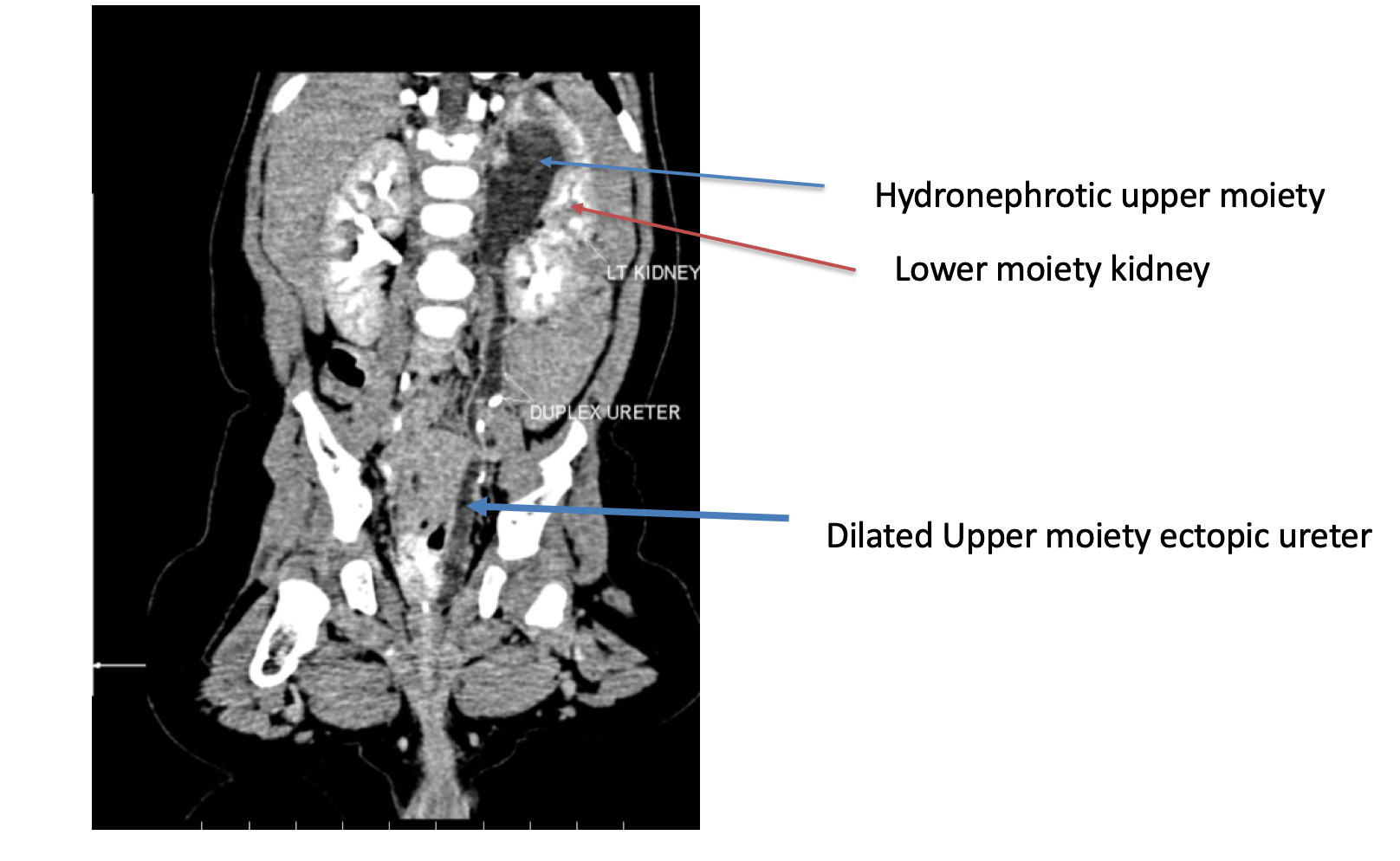
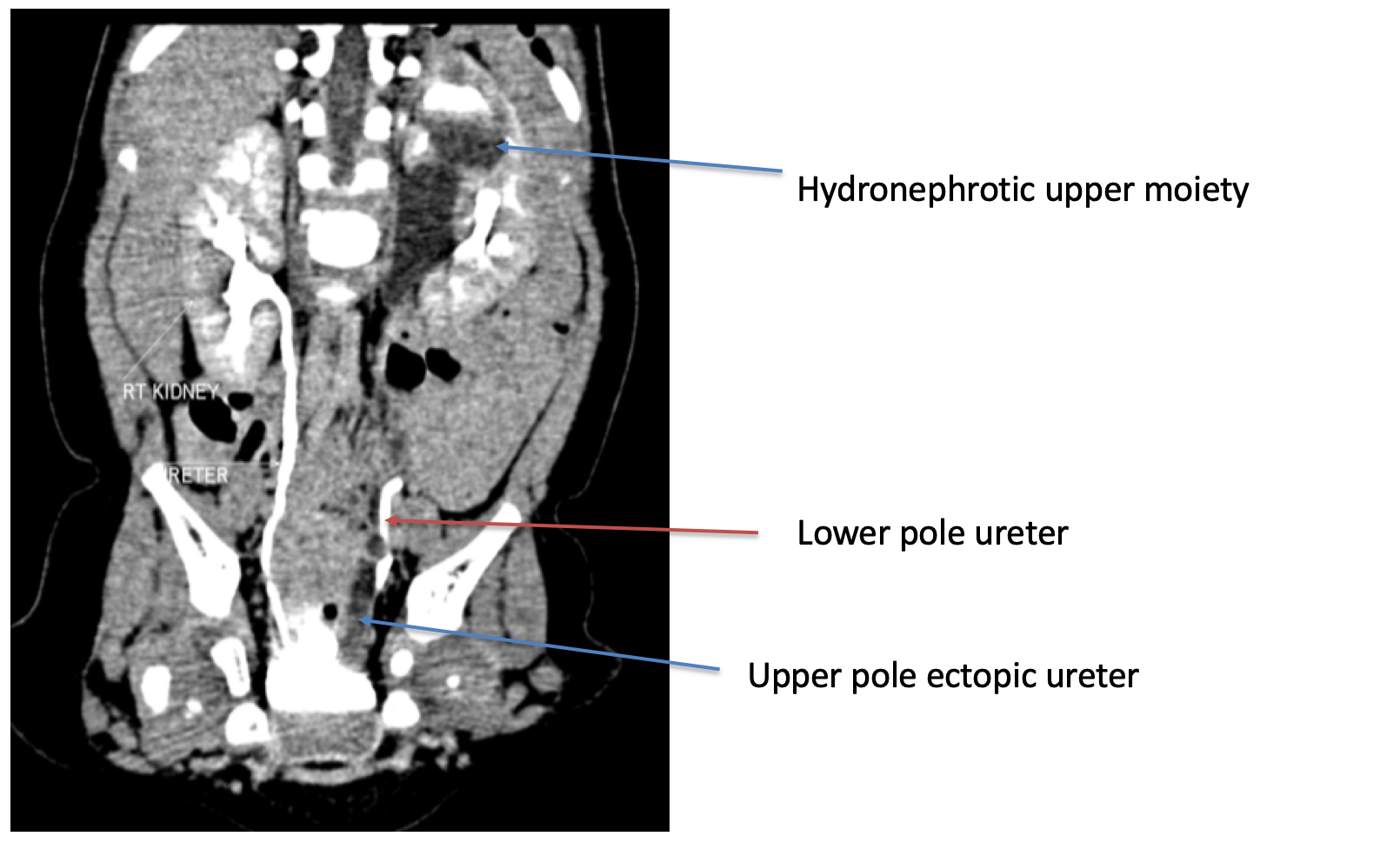
What is ureteropyelostomy?
Ureteropyelostomy is a surgery wherein a junction is formed between the ureter and the renal pelvis (opening). In this case, the upper moiety ureter was disconnected from the abnormal drainage and connected with the lower moiety renal pelvis with an aim to relieve obstruction and offer good drainage.
The surgery was uneventful and well tolerated by the patient. The postoperative period was uneventful and post-operative imaging revealed good drainage and functioning of the upper moiety. He was discharged on the 3rd postoperative day and advised long-term antibiotic regimen and annual imaging tests – CT urogram, KUB ultrasound and TC99 DMSA scan.
Why robotic ureteropyelostomy?
Before the rise of robotic advantage, cases like this were undertaken by open or laparoscopic surgery.
Robotic ureteropyelostomy is a minimally invasive urological procedure that offers safety, shorter operation time, shorter recovery time and early discharge. As an evolved version of laparoscopic surgery, robotic surgery offers several surgical advantages and improved success rates. When compared to standard laparoscopy, robotic surgery offers increased accuracy, smaller incisions and fewer potential complications, and therefore, better surgical success.
- Better vision: Unrestricted 10X magnified, 3D, real-time, 3600 visual for view and navigation.
- Better access and positioning: 7-degree freedom and flexibility offers increased range of motion in the operative area compared to wrist (as in laparoscopy)
- Hand tremors reduction
- Ambidextrous controls
- More comfort and less fatigue
Robotic surgery in Urology:
Robotic surgery holds great hopes in ensuring safe, effective and relatively painless uro-reconstructive surgeries, especially in such paediatric patients. Urosurgeries have evolved from open surgical techniques to minimally invasive approaches including endoscopic, percutaneous, laparoscopic and robotic procedures. The present study is an example of how robotic surgery has revolutionized the outcomes and success rates of urosurgeries.
Formerly exclusive to cardiothoracic surgeries, these days several urological and gynaecological surgeries account for over 50% robot-assisted techniques. Other than urology and pediatric surgeries, robotic applications span across many disciplines, including general surgery, oncology, gynaecology and cardiovascular surgery.
At Yashoda Hospitals, the team of robotic urosurgeons perform a wide array of procedures involving kidneys, ureter, prostate and bladder that are located in deep, difficult-to-reach sites in the pelvis. Robotic surgery allows urosurgeons to perform operations with greater sophistication. Surgical correction of uro-congenital defects and reconstructive procedures are now possible with great ease.
Robot-assisted pediatric urosurgery:
Some of the other robotic procedures performed in children are:
- Robotic pyeloplasty
- Robotic ureterouretostomy
- Robotic ureteropyelostomy
- Robotic ureteric re-implantation procedures
- Robotic Mitrofanoff appendicovesicostomy
- Robotic neobladder reconstruction
- Robotic continent catheterizable stomas and urinary diversions
- Robotic antireflux surgery
About Author –
Dr. V. Surya Prakash ,Consultant Urologist, Laparoscopic, Robotic & Transplant Surgeon
MS (Gen Surgery), FRCSED, M.Ch(Urology), DNB(Urology), D.Lap











